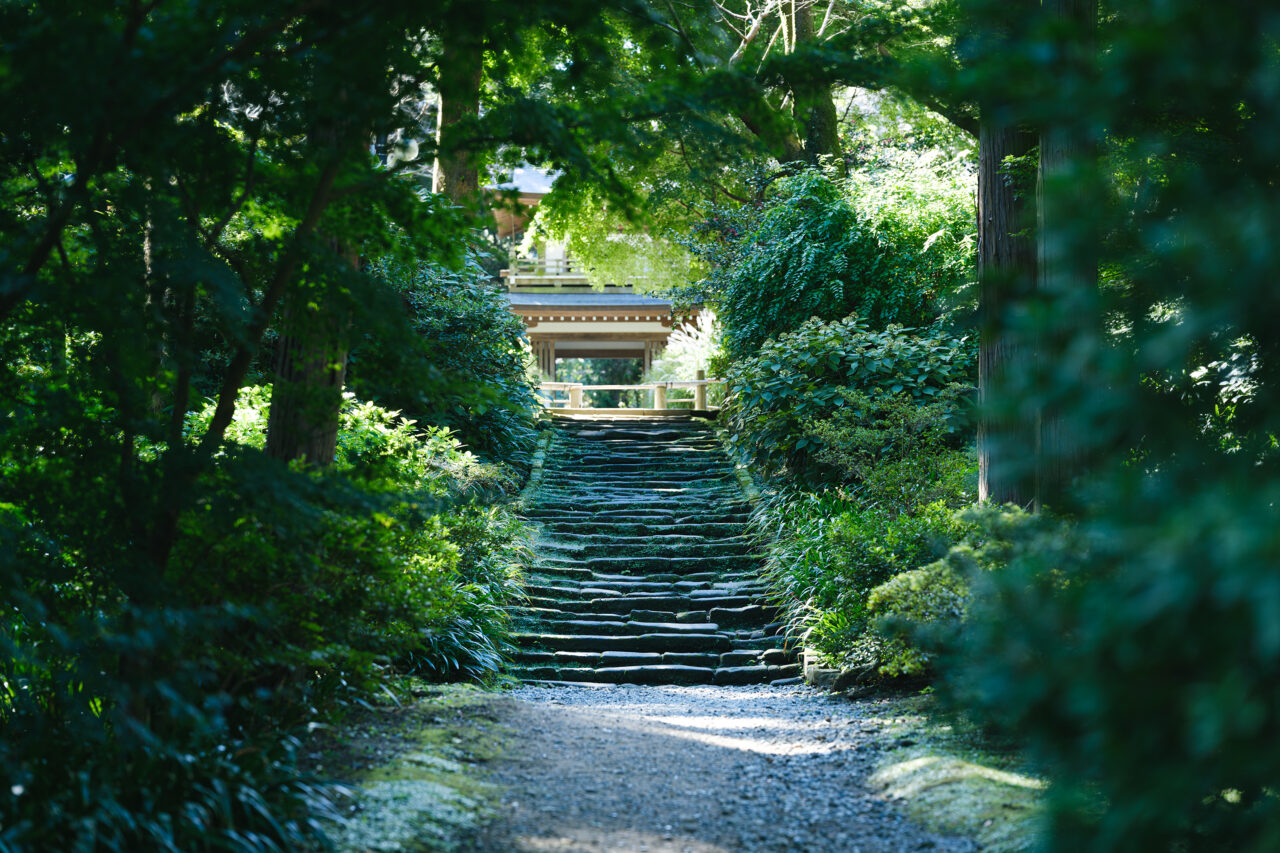Tobe
Editor's Column "Craft Production Regions" VOL.4 AD


VOL.1-4
Update

VOL.1-19
Update

VOL.1-17
Update

VOL.1-43
Update

VOL.1-2
Update

VOL.1-3
Update

VOL.1
Update

VOL.1-7
Update

VOL.1-32
Update

VOL.1-26
Update

VOL.1-12
Update

VOL.1
Update
We share a variety of information and perspectives on Japanese crafts, including exhibition information and interviews.
Editor's Column "Craft Production Regions" VOL.4 AD
KOGEI Topics VOL.19
New Products VOL.17
Featured Exhibitions & Events VOL.43
Apr 5 – Jun 22, 2025
SEIKADO BUNKO ART MUSEUM
Apr 8 – May 6, 2025
The Gotoh Museum
Apr 11 – Jun 15, 2025
Kyoto City KYOCERA Museum of Art
Apr 12 – Jun 29, 2025
TOGURI MUSEUM OF ART

The term shizenkan, or “view on nature,” refers to people’s values and attitudes toward nature. For example, what do you think of when you see a large forest? If you are Japanese, you may envision not only a forest itself, but also something mysterious lurking deep within it. The world depicted by animation artist Hayao Miyazaki is filled with just such a view of nature, but such views of nature differ according to culture and religion, and relate not only to aesthetics, but also to all aspects of food, clothing, and shelter.
Another major characteristic of this view of nature is that it differs greatly between the West and the East. In the West, under the teachings of Christianity, there was a belief that nature was to be ruled by man, and an anthropocentric view of nature prevailed. In the East, on the other hand, nature has been considered sacred, sometimes revered, sometimes feared, and maintaining a harmony with nature has been valued. In the Orient, Japan has a varied climate and complex topography, which have given rise to a diverse vocabulary describing nature and seasons, and creating a unique sensibility.
Japan exhibits a variety of climates within a single country, from east to west, north to south. Even within the same season, the scenery is very different between a winter in Tohoku and a winter in Kyushu. Apart from large countries like the U.S. and China, there are not many countries the size of Japan that have such a wide variety of climates. In addition to the forests that cover much of the country, there is an abundance of nature in the form of mountains, rivers, and the sea, and many earthquakes and typhoons strike the region. In such an environment, people have no choice but to accept nature as it is, and it is inevitable that a sense has emerged of respect and fear for nature as something outside of people’s control. In Japan, there is a Shinto concept of yaoyorozu-no-kami, or literally “eight million gods,” in which all things in nature are believed to be inhabited by gods.
The Japanese view of nature has had a profound influence on culture and the arts. One of the most prominent influences has been on haiku poetry. Haiku, with its use of seasonal words as a rule, is a uniquely Japanese art form, and gives one a sense of the way in which the Japanese approach and deal with nature. In painting, too, there are many masterpieces that were created through an engagement with nature. Among them, Katsushika Hokusai’s “Fugaku Sanjurokkei” (“Thirty-six Views of Mt. Fuji”), which depicts Mt. Fuji from various seasons and locations, is a masterpiece that epitomizes the Japanese view of nature. Some of the landscapes depicted are serene, while others are rougher, and the work is a perfect reflection of the Japanese sense of beauty.
In the world of Japanese crafts, the popularity of works with strong earthen textures such as Shigaraki ware and Bizen ware is increasing both in Japan and abroad, and there seems to be a growing interest in kusaki-zome, or natural dye and bamboo products as well. Perhaps a sense has emerged among people that these are things that are missing from our lives today. As environmental destruction and climate change become global issues, people are unconsciously rethinking the way they perceive nature, transcending the boundaries of East and West.
Today, cities all over the world are filled with similar buildings, and the unique views of nature that each culture built are disappearing. It is precisely because we live in such an era that Japanese arts and crafts should return to a uniquely Japanese view of nature and express their individuality to the fullest.
Photo by Takuma Suda
